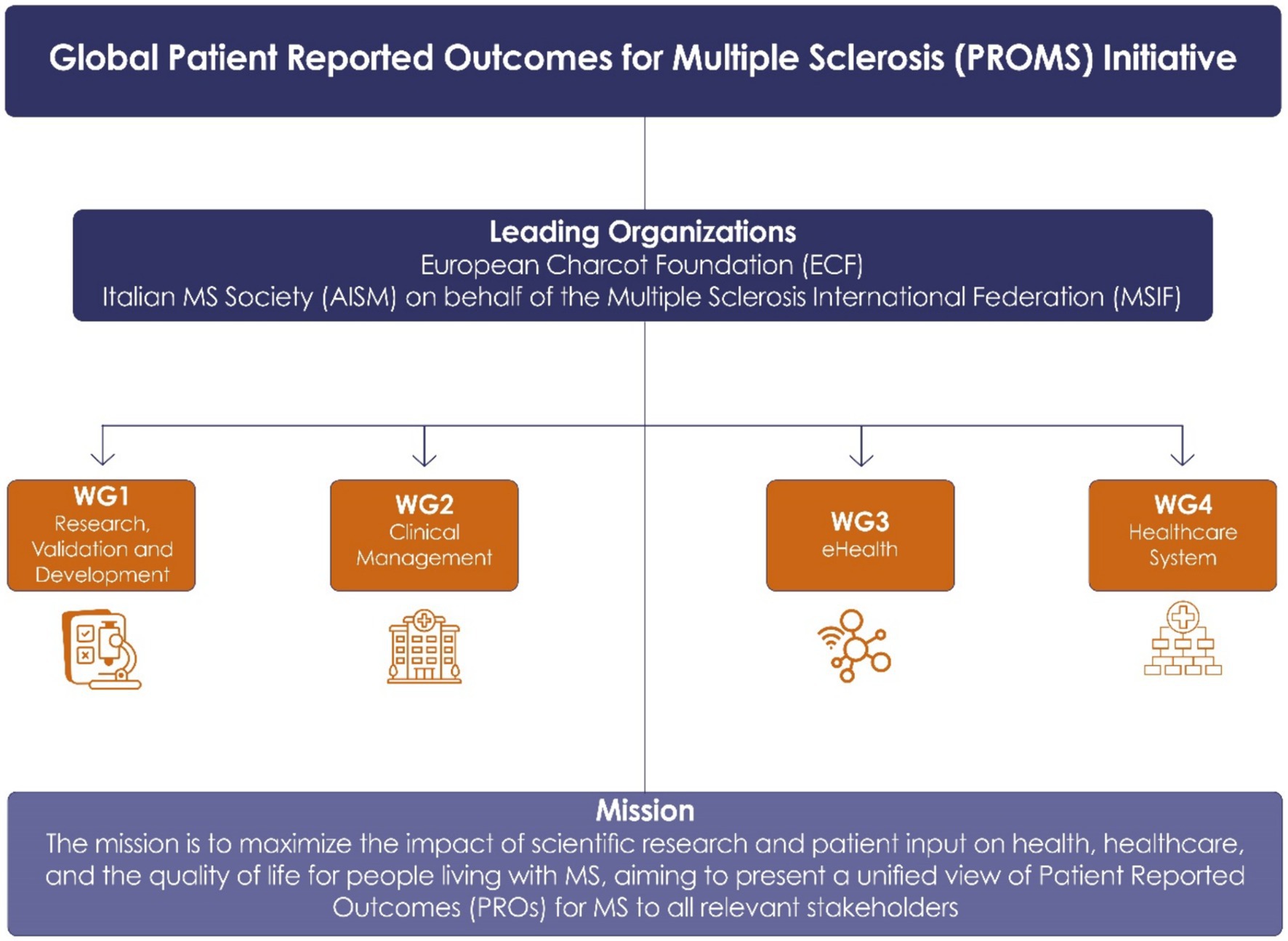
Title: When Language, Culture, and Illness Intersect: A Narrative of Compassion and Miscommunication in Healthcare
By Thanh Phuong Nguyen
Upon the Vietnamese patient’s arrival, alone in an ambulance, frail and bewildered, he not only entered a new hospital but also an alien system that struggled to grasp his words, culture, or pain. His move across state lines was spurred by alarming health concerns—suspected metastatic cancer, malnutrition, and undiagnosed pain. However, deeper than these alarming diagnoses lay a fundamental issue: the system’s failure to recognize him as a complete individual.
This narrative transcends a single man’s experience. It offers a perspective on the broader crisis of equity and comprehension within healthcare—especially affecting immigrant and non-English-speaking patients in underserved or rural areas.
The Language Barrier
From the instant he joined the system, his most essential requirement—communication—turned into his greatest challenge. Without a Vietnamese interpreter on-site, the hospital implemented a tele-translation service via a tablet. While technologically efficient, this posed difficulties for an elderly patient struggling with hearing, causing vital nuances to get lost. His daughter, caught between anxiety and her responsibilities, interpreted to the best of her capacity. Yet, her replacement of the word “pain” obscured his intended message.
“Mệt quá,” he murmured. “So tired.”
He was not merely fatigued from his physical ailments; he was worn out from the consuming turmoil of hospital visits and the loss of his autonomy. He wasn’t experiencing pain in the conventional sense. He felt depleted, hungry, emotionally strained. But none of this expression was conveyed accurately. He had articulated “Mệt”—fatigue, not “đau”—pain. A slight distinction for an English speaker, but a significant one for the patient.
In a healthcare environment dictated by efficiency and structured pathways, language and cultural nuances frequently become collateral damage. When healthcare providers depend on limited translation resources, particularly in hectic contexts, their ability to establish rapport and devise precise treatment plans is significantly hampered.
Closing the Gap
In this scenario, clarity emerged not from advanced technology, but through human interaction. A medical student, also Vietnamese, knelt beside the patient’s bed and greeted him—awkwardly, yet sincerely—in their common language. The words may have carried American inflections, shaped by hours of study and the stilted grammar inherited from family members balancing life across nations and decades, but they resonated.
He was no longer merely a diagnosis or a case study. In that moment, he was acknowledged.
This underscores how healthcare can be positively influenced in small yet impactful manners—not just through a translator’s presence, but by genuinely meeting the patient at their level. When caregivers share a cultural kinship with a patient or express a sincere desire to grasp their background, the dynamic of care transforms. It evolves into a partnership rather than just a consultation.
The Daughter’s Significant Weight
While the senior patient lingered in the sterile hospital environment, awaiting decisions outside his influence, his daughter bore an unseen burden. As a working single mother and entrepreneur, she felt torn between supporting her father and upholding the life she had created—a life enabled by the very sacrifices this man had made long ago.
As the eldest daughter in a Vietnamese household, her cultural obligations weighed heavily alongside her responsibilities. Many immigrant families resonate with this struggle: the obligation to “do it all” while still respecting both filial piety and the American ideals of individualism. Yet, healthcare systems seldom recognize these pressures, expecting caregivers to prioritize patient needs without providing the necessary structural support to do so effectively.
The Illusion of Choice
Despite a likely diagnosis of metastatic cancer evident from imaging studies, a tissue biopsy was required prior to any care plan proceeding. But this seemingly straightforward clinical step unfolded another painful dilemma: patients cannot be admitted to nursing homes while in the midst of cancer treatment. With no family to provide in-home assistance—and lacking the financial means for private care—every potential path forward faced obstacles.
Confronted with the prospect of sacrificing either the opportunity for treatment or a place to receive supportive care, the patient made what few would view as a genuine “choice” at all. He deferred to his daughter’s needs. He abandoned the notion of pursuing experimental hope. Not because he didn’t wish to live, but because he was unwilling to complicate her circumstances.
This isn’t autonomy. This is relinquishment.
The Misinterpretation of Autonomy Ethics
Medical ethics portray “autonomy” as if each patient resides on a solitary island of decision-making. However, autonomy in reality often manifests as deference. As love. As compromise.
The Vietnamese grandfather chose not based on clinical transparency but through cultural and familial duty. He, like countless patients, made medical choices with the welfare of his loved ones at heart. And though this may be seen as a form of agency, it equally highlights the limitations imposed by